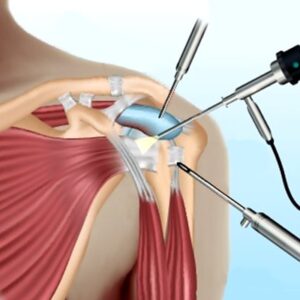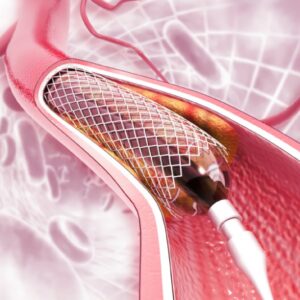2,307.00$
2,307.00$
The Iran Health Clinic is a reputable medical center that specializes in providing advanced fat transfer treatment to its patients. With a team of experienced doctors who have been trained in the latest fat transfer techniques, the clinic is committed to delivering high-quality care that is tailored to meet the unique needs of each patient.
Using state-of-the-art technology and equipment, the clinic can perform fat transfer procedures that are safe, effective, and minimally invasive. Whether you are looking to restore volume to your face, increase the size of your breasts, or enhance your buttocks, the Iran Health Clinic can help you achieve your desired results.
With a warm and welcoming environment, the clinic strives to make every patient feel comfortable and relaxed throughout their entire treatment process. If you are looking for a trusted medical center for your fat transfer needs, then the Iran Health Clinic is the right choice for you.
Shoulder arthroscopy is a minimally invasive surgical procedure used to diagnose and treat various shoulder problems. It involves the use of a tiny camera and small surgical tools inserted through small incisions to examine and repair the tissues inside or around the shoulder joint.
Shoulder arthroscopy is suitable for individuals with shoulder problems such as rotator cuff tears, shoulder impingement, inflammatory conditions, infections, injuries, arthritis, and unexplained symptoms. It is a minimally invasive procedure that can provide effective diagnosis and treatment for these conditions.
Not all shoulder conditions can be effectively treated with arthroscopic procedures. Additionally, individuals with certain health risks or specific shoulder conditions may not be suitable candidates for shoulder arthroscopy. It’s important to consult with a healthcare professional to determine the suitability of this procedure for individual cases.
Most patients do not experience complications from shoulder arthroscopy. However, as with any surgery, there are some risks, which are usually minor and treatable. Potential problems with arthroscopy include bleeding, infection, blood clots, knee stiffness, and swelling. It’s important for the surgeon to discuss the possible complications with the patient before the operation.
Before shoulder arthroscopy, the healthcare provider will ask about the patient’s health history and medication list. In some cases, the patient may need to stop taking certain medications a few days before the surgery. Additionally, sterile preparation and draping are performed after appropriate positioning, and the patient may be required to wash the surgical site at home with a special scrub the night before and the morning of the surgery.
After the surgery, patients usually spend 1 or 2 hours in the recovery room and are then discharged home. It’s important to keep follow-up and physical therapy appointments after shoulder arthroscopy. Patients should contact their doctor for any questions or concerns between appointments and seek immediate medical care if they experience worsening or changing pain, which may be a sign of a complication.
| Country | |
|---|---|
| City | |
| Hotel | |
| Visa | |
| Translator | |
| Transfer | |
| Stay at Hospital | |
| Language | |
| Insurance | |
| Stay at Hotel | |
| City Tour |
Only logged in customers who have purchased this product may leave a review.






Reviews
There are no reviews yet.